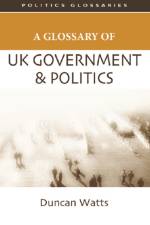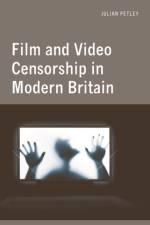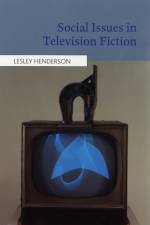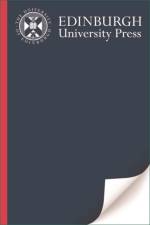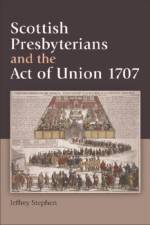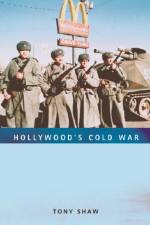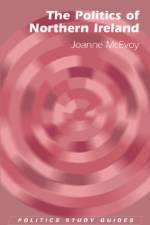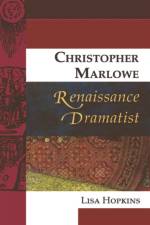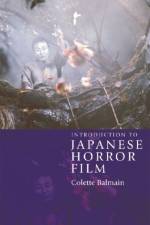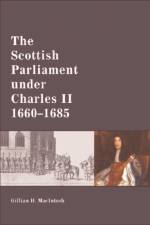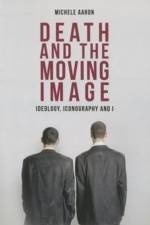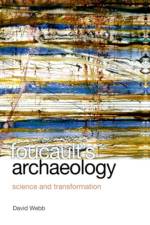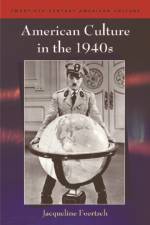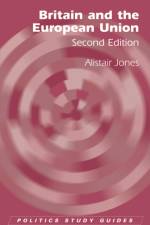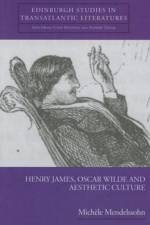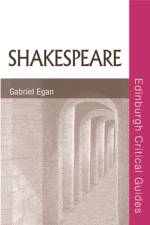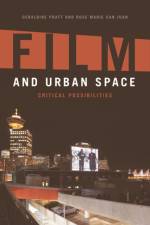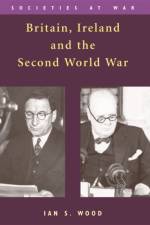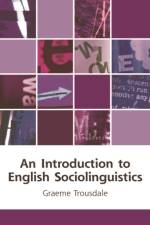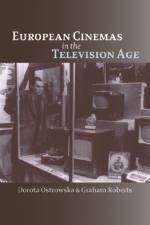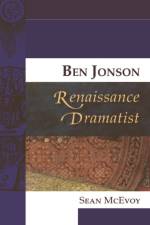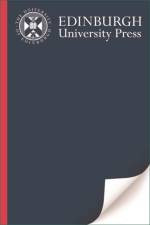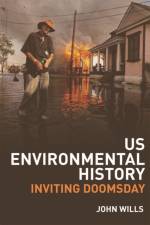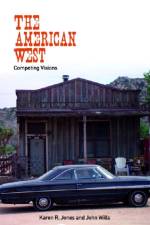- Ideology, Iconography and I
av Michele Aaron
335 - 1 215
Death and the Moving Image examines the representation of death and dying in mainstream cinema from its earliest to its latest renditions to reveal the ambivalent place of death in twentieth and twenty-first century culture: the ongoing split between its over- and under-statement, between its cold, bodily, realities and its fantastical, transcendental and, most importantly, strategic depictions. Our screens are steeped in death's dramatics: in spectacles of glorious sacrifice or bloody retribution, in the ecstasy of agony, but always in the promise of redemption. This book is about the staging of these dramatics in mainstream Western film and the discrepancies that fuel them and are, by return, fuelled by them. Exploring the impact of gender, race, nation or narration upon them, this groundbreaking study isolates how mainstream cinema works to bestow value upon certain lives, and specific socio-cultural identities, in a hierarchical and partisan way. Dedicated to the popular, to the political and ethical implications of mass culture's themes and imperatives, Death and the Moving Image takes this culture to task for its mortal economies of expendability. Ultimately, it also disinters the capacity for film, and film criticism, to engage with life and vulnerability differently and even generatively.

